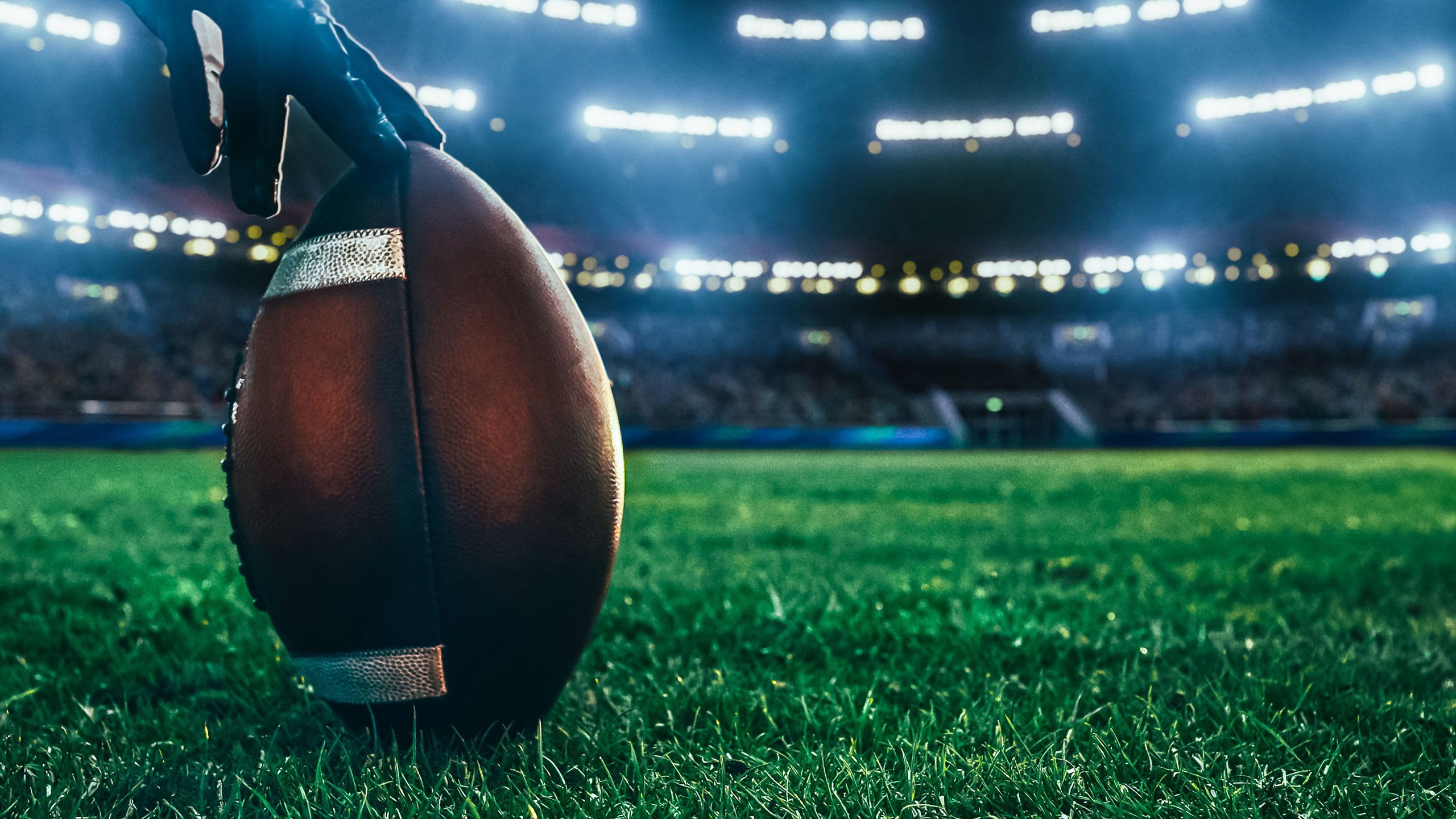History in the Huddle
NFL historian reflects on first-ever Super Bowl matchup between two Black quarterbacks

Over 100 million viewers are expected to watch Sunday’s Super Bowl LVII matchup between the Philadelphia Eagles and Kansas City Chiefs. Many may not realize they are witnessing a historic first: Despite Black athletes comprising about 56 percent of active NFL players, the Eagles’ Jalen Hurts and the Chiefs’ Patrick Mahomes will become the first two Black starting quarterbacks to face each other in football’s biggest game.

Football historian John Maxymuk, reference and instruction librarian and head of public services for the Paul Robeson Library at Rutgers University in Camden, believes the milestone underscores progress professional football has made to get where it is today.
“10 Super Bowls have featured at least one Black quarterback, and seven of those have occurred in the last decade,” said Maxymuk, who has written several books on the history of the NFL, including two on the Eagles. “It is positive that this is not so unusual anymore.”
That was not the case in the 1950s and ’60s, Maxymuk explained. Black players were not considered to have the intelligence to play quarterback, middle linebacker—the defensive signal caller—or center, the position that calls the offensive blocking scheme. “It took decades to overcome that prejudicial view,” Maxymuk said.
Slowly, the wheels of progress churned, and in 1953, Willie Thrower became the first Black quarterback to appear in an NFL game. Marlin Briscoe became the first Black starting quarterback in 1968, and James “Shack” Harris, an on-and-off starter from 1969 to 1981, was the first Black signal-caller to be named to the Pro Bowl.
Much like Jackie Robinson, Maxymuk said, these early Black quarterbacks had to do a lot to prove that they belonged. Marlin Briscoe notched two wins and three losses as a rookie starting for an awful Denver Broncos team. He was then traded the following year to Buffalo and converted to wide receiver. Harris, meanwhile, was continuously yanked in and out of the lineup.
“Despite the foothold established in the NFL at the end of the 1960s by Harris and, to a lesser extent, Briscoe, Black quarterbacks could not get a fair shake throughout the 1970s and looked to [the Canadian Football League] for an equal chance,” Maxymuk wrote in a 2009 article in The Coffin Corner, the official magazine of the Professional Football Researchers Association.
It wasn’t until the 1980s that Doug Williams became the first Black QB to both play in a Super Bowl when he led Washington past Denver in Super Bowl XXII at the end of the 1987 season. “Williams, Warren Moon, and Randall Cunningham essentially normalized Black quarterbacks throughout the decade,” Maxymuk said.

John Maxymuk, reference and instruction librarian, Paul Robeson Library
John Maxymuk, reference and instruction librarian, Paul Robeson Library
Today, Hurts and Mahomes recognize the significance of the milestone. “I think it's something that's worthy of being noted, and it is history,” Hurts told NFL.com. “It has come a long way.”
Mahomes echoed the sentiment, noting that he thinks about the milestone “a lot.” “The quarterbacks that came before me—Shack Harris, Doug Williams—laid the foundation for me to be in this position,” Mahomes said in USA Today. “It goes across all sports. If you think about Jackie Robinson and the people who broke the color barrier in baseball, I wouldn’t be standing here today if it weren’t for them.”
Taking a step back, Maxymuk noted what an extraordinary achievement it is for anyone to play in the Super Bowl, and that even the most exceptional quarterbacks can struggle to lead their team all the way to the championship game.
“Dan Marino and Aaron Rodgers are two of the all-time greats, and have only played in one Super Bowl each,” Maxymuk said. “It takes a great team effort and a little luck. It also helps if the quarterback is a great leader, like the two guys in this year's Super Bowl.”

Willie Thrower, the first Black quarterback to appear in an NFL game. (Photo by Michigan State University Archives and Historical Collections)
Willie Thrower, the first Black quarterback to appear in an NFL game. (Photo by Michigan State University Archives and Historical Collections)

Municipal University of Omaha, “Marlin Briscoe Football Posed Portrait,” UNO Libraries' Archives & Special Collections Online Exhibits, accessed February 9, 2023, https://unomaha.omeka.net/items/show/110.
Municipal University of Omaha, “Marlin Briscoe Football Posed Portrait,” UNO Libraries' Archives & Special Collections Online Exhibits, accessed February 9, 2023, https://unomaha.omeka.net/items/show/110.

Quarterback Doug Williams (Photo by Rick Stewart/Getty Images
Quarterback Doug Williams (Photo by Rick Stewart/Getty Images

Creative Design: Beatris Santos